For many gamers, HyperX is a name synonymous with quality. For a while now, the company has made some of the very best gaming headsets around, from the Cloud Stinger to the Cloud Revolver S. And around the GameSkinny office, HyperX is a big favorite.
But for all the innovation the company has brought to the headset space, HyperX has just relatively recently brought that ingenuity to the mechanical keyboard market. It shone brightly with the Alloy Elite, a gaming board we named one of the most well-rounded keyboards currently available. And it shines just as bright with the Alloy FPS Pro.
After spending some 20 hours with the board, the Alloy FPS Pro is a mechanical keyboard we can’t help but recommend. Priced at $79.99, it’s undeniably a steal if you’re in the market for a reliable and durable tenkeyless option that boasts an elegant design and fluid functionality.
Unboxing
One of the things I like most about HyperX is that they’re no-frills when it comes to their products. They don’t get caught up in RGB lighting or macro programming, and instead focus on functionality and design. And that’s reflected in what you get in the box.
Packaged in a red and black cardboard box that’s as sturdy as the keyboard itself, the FPS Pro comes with the keyboard, a detachable 6-foot braided cable, a keycap switcher, a set of textured W/A/S/D and Q/E/R/F keys, and a handy quick-start guide.
Since a lot of other keyboard manufacturers don’t seem to be including extra keycaps and switchers these days, I really appreciate that HyperX goes the extra mile to add a different type of customizability to their products — especially since changing keycaps can be a royal pain in the keester without a switcher.
I also appreciate that there’s no fancy software to fumble with and install. And while that means you can’t reprogram the board or set a plethora of macros, it also means that you can get to gaming faster, using the keyboard in its optimal capacity right from the start. There’s nothing more frustrating than plugging in a keyboard and not being immediately sure if you like it — that’s unless you spend an hour reprogramming it only to find you still hate it. That’s a huge bummer you won’t find here.
With the FPS Pro, what you see is what you get.
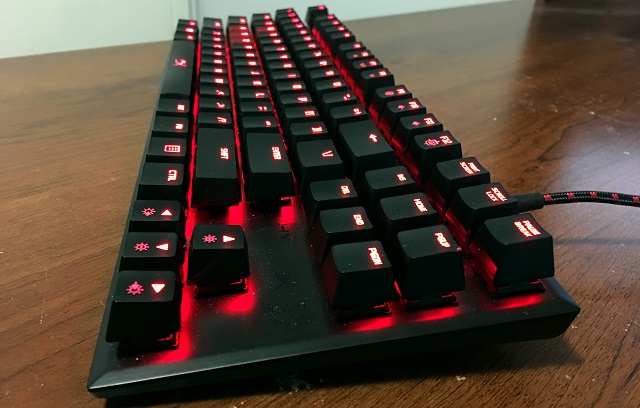
Design
The Alloy FPS Pro sports a black finish on a solid steel frame (which I’ll talk more about shortly), and the 87 smooth keycaps sit on either Cherry MX red, blue, or brown switches. If you choose to swap out the Pro’s factory keycaps with the red textured keycaps that come packaged with the board, you’ll find your primary gaming keys will have a bumpier feel to them, helping you better find them in a firefight or intense melee.
Across the top of the board you’ll also find your standard media keys (skip backward, skip forward, play, and pause), volume controls (volume up, volume down, and mute), and a Game Mode key that disables the Windows key to avoid accidental disruption during gaming.
Like other HyperX products, the lighting features on the FPS Pro are pretty slim. Instead of giving you control over 16 million colors, you’ll have the choice between red, red, and more red. But like its cousin in the Alloy Elite, the backlighting is crisp and vibrant and fully controllable via the board’s arrow keys, which allow you to cycle through six backlighting modes.
However, the biggest draw for the gamer on the go is the FPS Pro’s size and durability. Weighing just 1.8 pounds, the FPS Pro is nearly half the weight of Corsair’s K63, making it even easier to stuff in a backpack or carry from home to office. To make matters even simpler, the FPS Pro’s braided cable is easily detachable and doesn’t tangle easily.
The only thing that could have been better here is if HyperX provided a cord routing area on the board’s underside as an extra option, much like SteelSeries provides in some of its mechanicals.
But what really impressed me the most about the Alloy FPS Pro was its strength. It’s durable as hell, something I found that out when I dropped it on solid concrete while transporting it from home to the office. After falling about three feet, there wasn’t a single scratch on the steel chassis — it looked as good as the day I took it out of the box. Two of the keys popped off, but they were beyond easy to pop back on (and I haven’t had any problem with them since).
Functionality
As you’ve probably already figured out, there isn’t a ton of secondary functionality in the FPS Pro — but that doesn’t mean the functionality that is there isn’t worth spending a few paragraphs on.
You might remember that I mentioned there’s no software with the FPS Pro. For those that prefer a varied palette, that might be a hurdle. But for those that don’t mind so much, controlling the board’s backlighting is a sinch. You won’t have to sift through millions of color options or agonize over getting a pattern just right. Finding what you’re looking for is as simple as plugging the keyboard in and cycling through the options on the board itself.
Unlike the Alloy Elite, there’s no sleek volume wheel for increasing or decreasing volume on the fly. Instead, you’re stuck using your headset’s volume controls or incrementally raising or lowering the volume one key-click at a time.
Performance
The Alloy FPS Pro doesn’t skip a beat. In all my hours with it, each key and every switch responded with near lightning feedback. Of course, it’s a cardinal sin for modern mechanical keyboards if the switches and keys don’t respond or aren’t comfortable.
The Pro’s Cherry switches perform as you’d expect them, rapidly registering each and every keystroke without losing input. But they do so underneath perfectly contoured and textured full-size keycaps. With a gradual dip, the keycaps provide the perfect resting places for your fingers — whether you’re frantically inputting commands in games like Destiny 2 and Grim Dawn, or holding them down for hours on end in games like The Vanishing of Ethan Carter and SOMA.
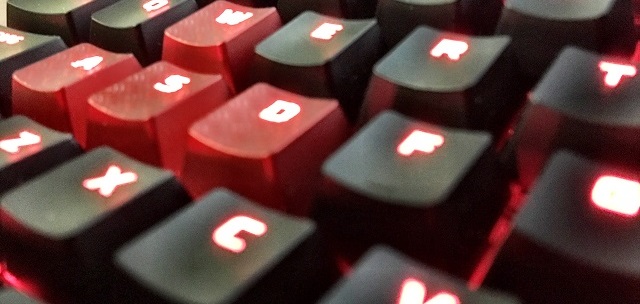
In a gaming capacity, I actually preferred that the Alloy FPS doesn’t have a numpad, leaving a comfortable amount of room between the keycaps. Sure, I missed the numpad and its ease of use for everyday editorial tasks, but for the games I frequently haunt, I never once felt empty-handed without it.
My only true gripe is with the placement of the board’s F12 key. Both my colleague and I had issues with the key’s proximity to both the FPS Pro’s and the Alloy Elite’s backspace keys. In-game, the problem was negligible at best, but in everyday typing situations, it was a constant hobgoblin.
Verdict
When compared to other boards in its price range, it’s hard to beat the HyperX Alloy FPS Pro tenkeyless. It’s responsive. It’s reliable. And it’s resilient.
With complete n-key rollover and 100% anti-ghosting, you’ll find that all of your inputs register exactly when you need them to and that everyday tasks are a breeze. And aside from a few very (very) minor hiccups, it’s extremely simple to use.
If you’re looking for fully programmable macros, full lighting customization, and dedicated keys, you might want to look at other boards, such as Corsair’s K63 tenkeyless. But if you’re looking for a mechanical keyboard you can count on, is highly portable, and doesn’t eschew functionality for cosmetics, then the FPS Pro is the keyboard for you.
You can purchase the Alloy FPS Pro on Amazon for $79.99.
[Note: An Alloy FPS Pro review unit was provided by HyperX for the purpose of this review.]

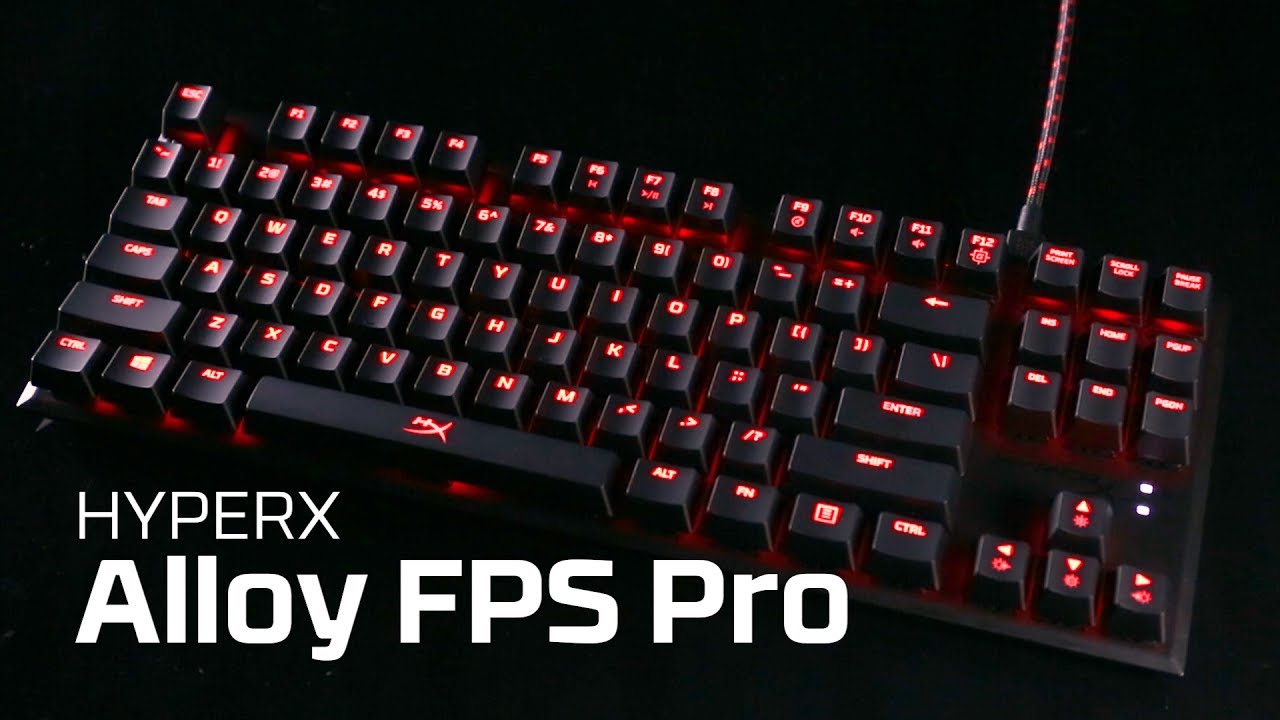
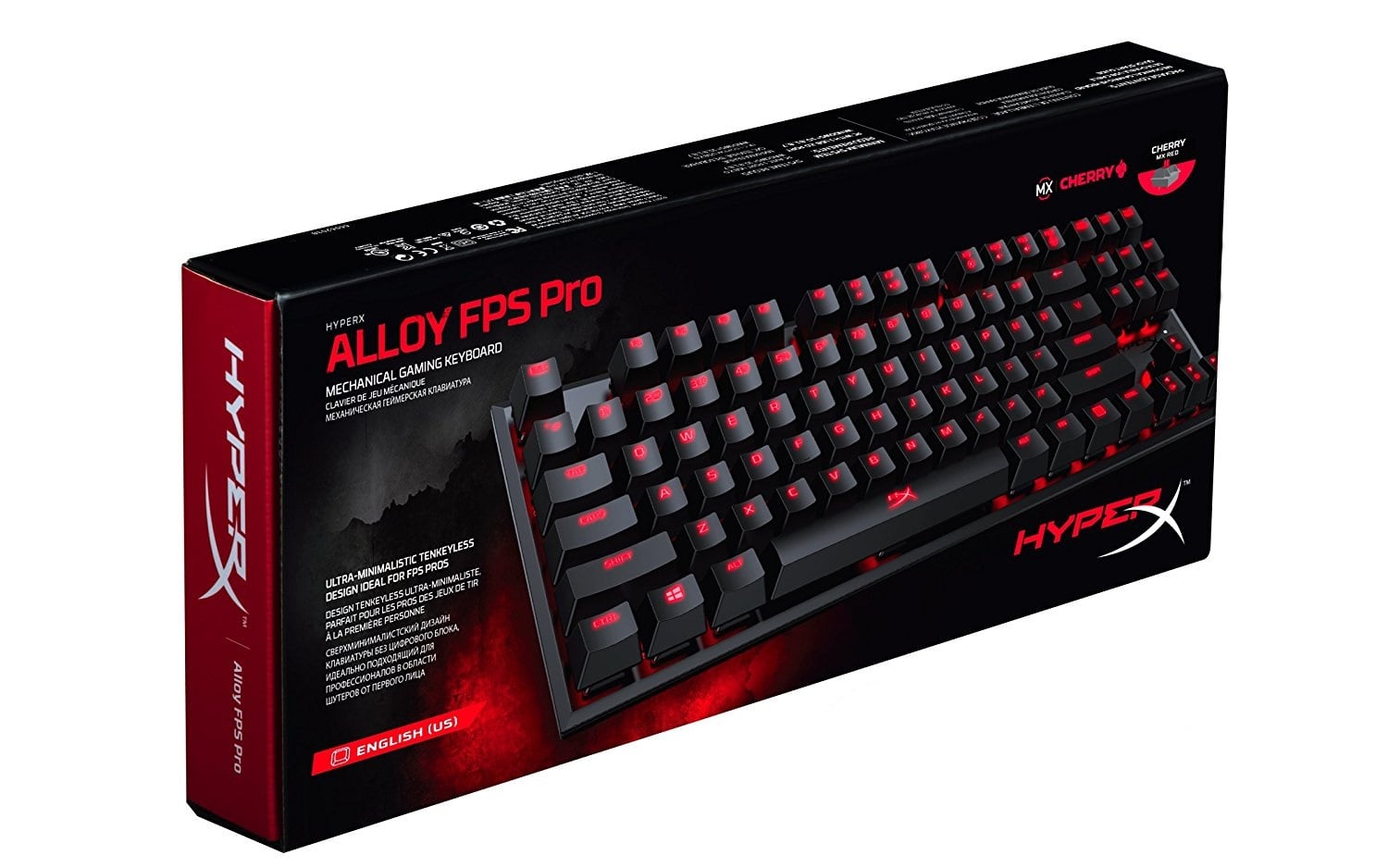
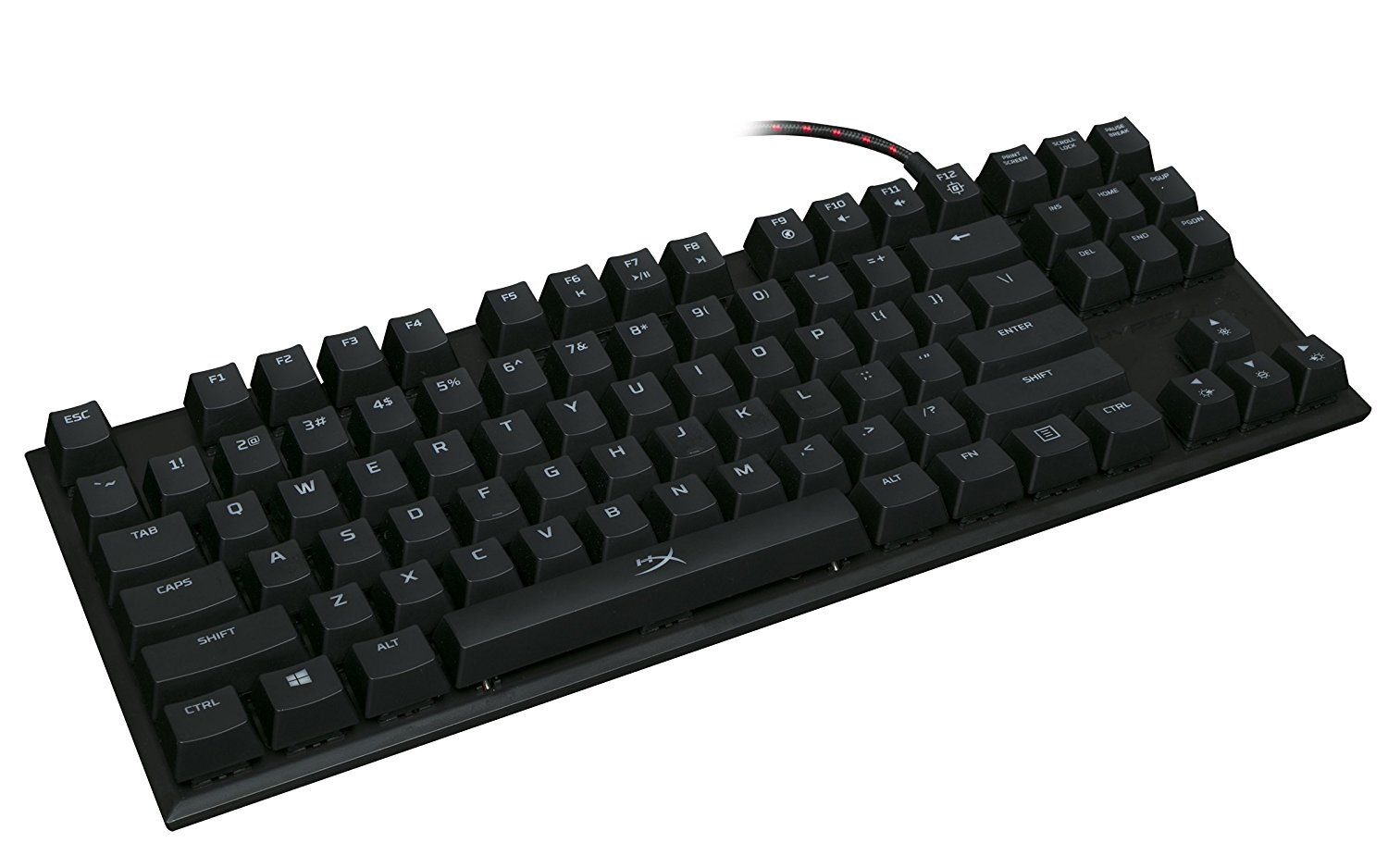





Published: Nov 1, 2017 07:58 pm